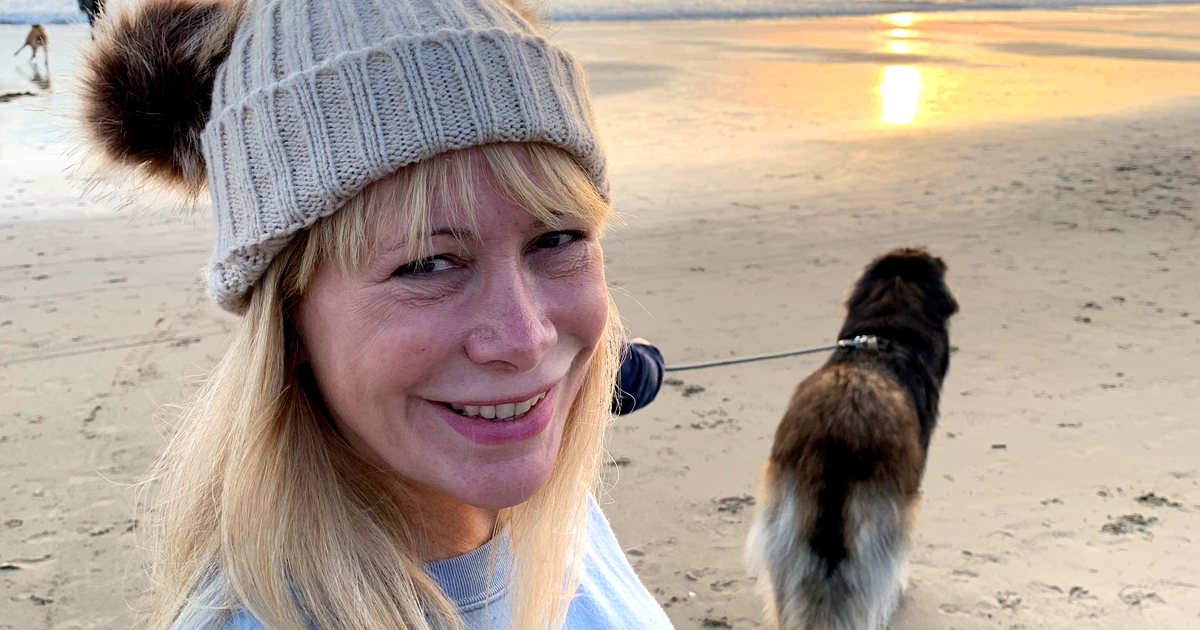Thunderclap Headache: Every Second Counts in Brain Emergencies
Date
May 31, 2022

Date
May 31, 2022
Credits
Medical providers featured in this article
No items found.
In Brief
Frequently Asked Questions
More
No items found.
May 31, 2022

May 31, 2022
In Brief